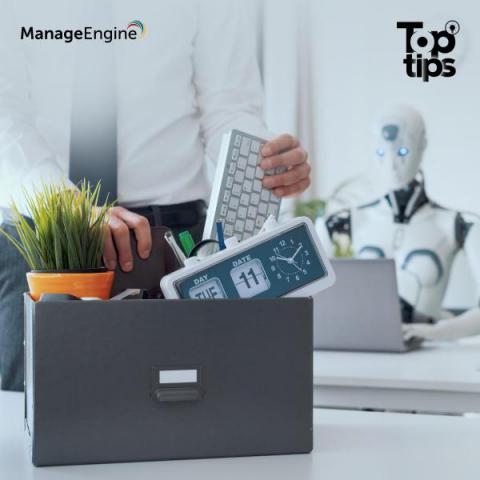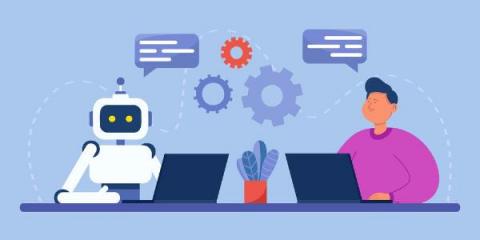Operations | Monitoring | ITSM | DevOps | Cloud
Technology
The latest News and Information on APIs, Mobile, AI, Machine Learning, IoT, Open Source and more!
CNCF & Cimpress | Leverage user traffic to automate load testing this holiday season
IoT Dashboards with Grafana and Prometheus
The Internet of Things (IoT) - is a number of physical devices connected to one network that enables the system to interact with the external world. A great deal of the work surrounding IoT is monitoring, as it’s impossible to react without knowing the situation. For example, we might build a greenhouse system for agriculture that can maintain optimal conditions for growing crops. For this purpose, we need to have sensors picking up information about the temperature and humidity.
Top tips: AI fatigue is a thing-navigating through AI challenges
Top tips is a weekly column where we highlight what’s trending in the tech world today and list out ways to explore these trends. This week we take a look at the effect of AI-related over-saturation and show you four ways to work around it.
The Role of Technology in Streamlining Financial Management Processes
How to Harness Technology for Effective Digital Marketing
Integration roundup: Monitoring your AI stack
Integrating AI, including large language models (LLMs), into your applications enables you to build powerful tools for data analysis, intelligent search, and text and image generation. There are a number of tools you can use to leverage AI and scale it according to your business needs, with specialized technologies such as vector databases, development platforms, and discrete GPUs being necessary to run many models. As a result, optimizing your system for AI often leads to upgrading your entire stack.
Introducing Bits AI, your new DevOps copilot
Business-critical infrastructure and services generate massive volumes of observability data from many disparate sources. It can be challenging to synthesize all this data to gain actionable insights for detecting and remediating issues—particularly in the heat of incident response.
Easily test and monitor your mobile applications with Datadog Mobile Application Testing
Effective mobile application testing that meets all the requirements of modern quality assurance can be challenging. Not only do teams need to create tests that cover a range of different device types, operating system versions, and user interactions—including swipes, gestures, touches, and more—they also have to maintain the infrastructure and device fleets necessary to run these tests.











